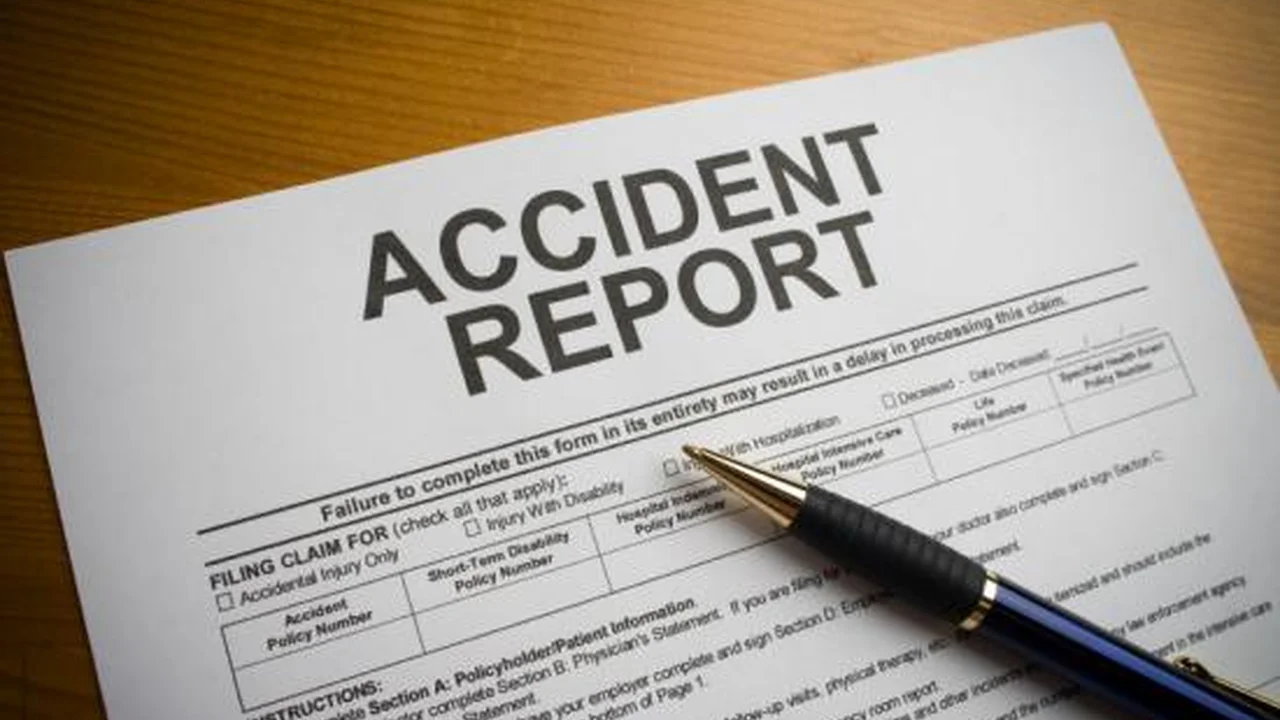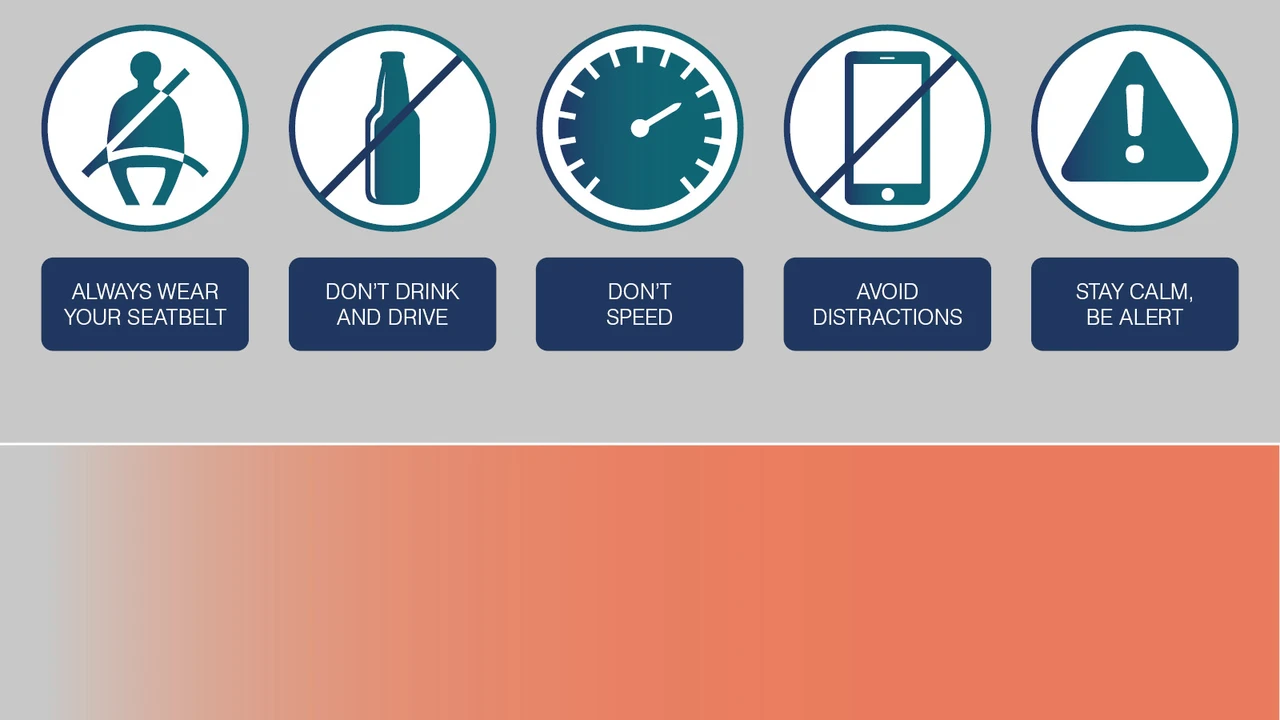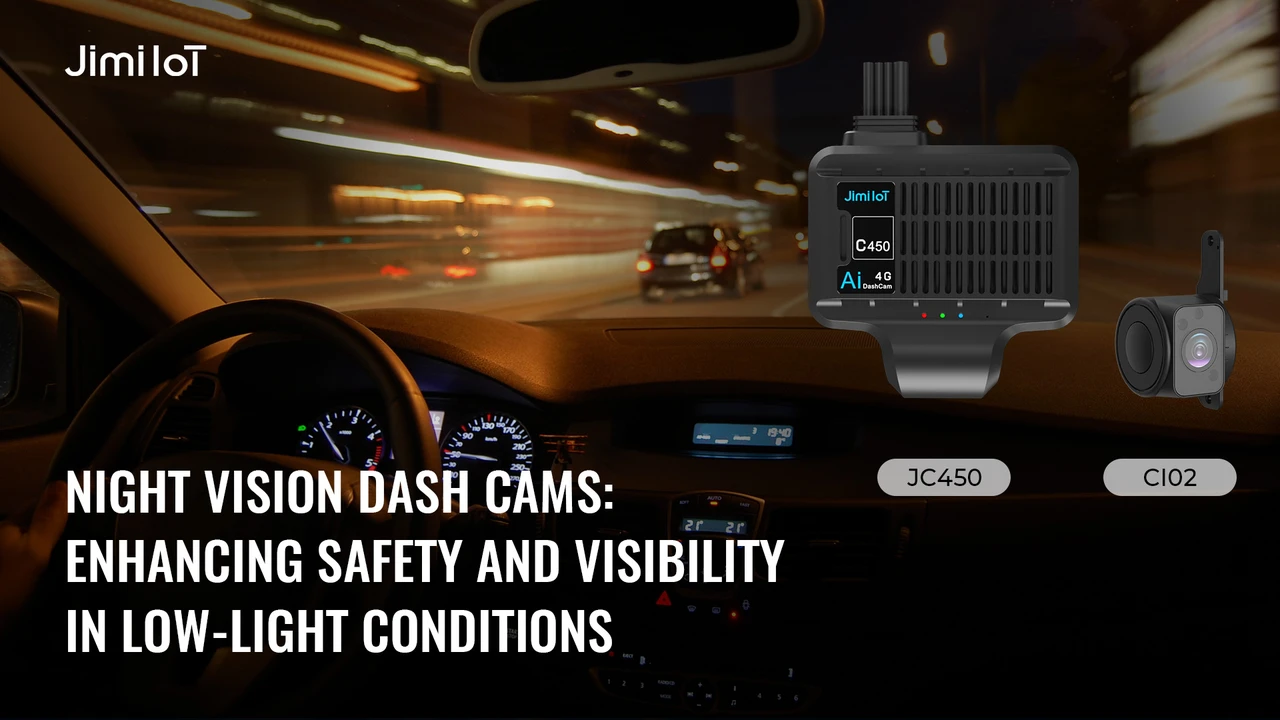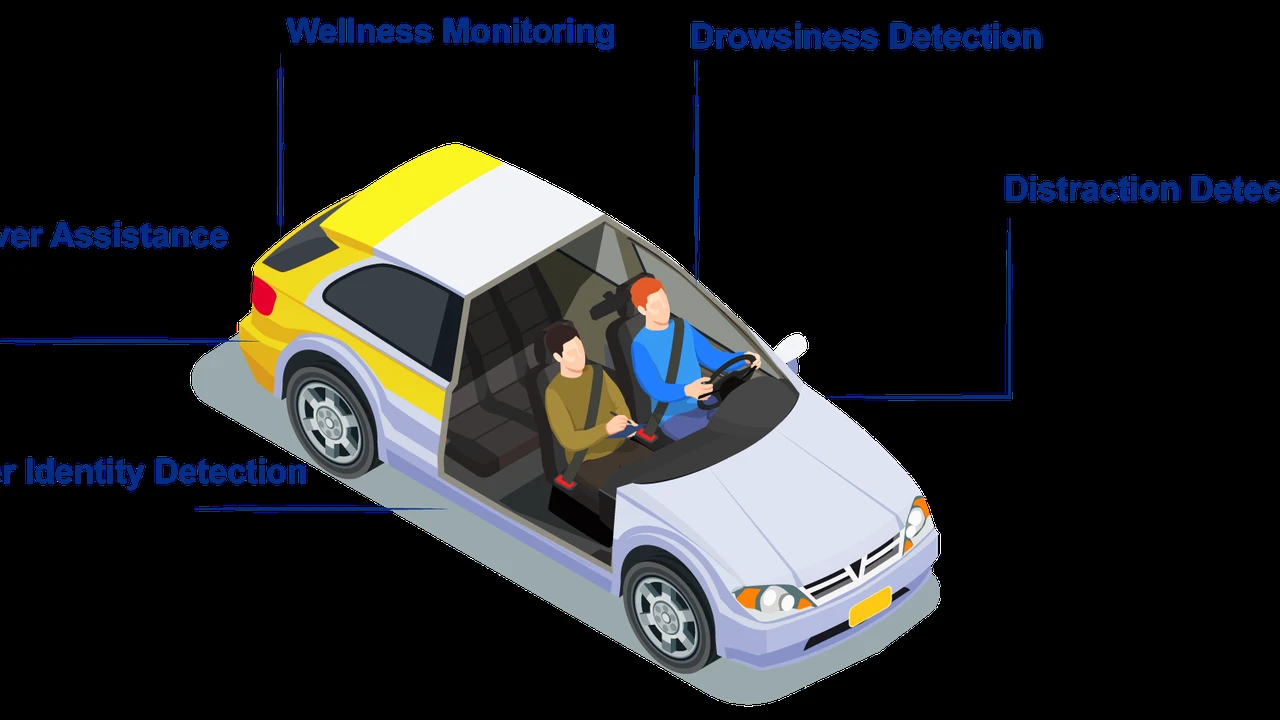How to Handle Road Rage: Staying Calm and Avoiding Confrontation
Sample meta description.
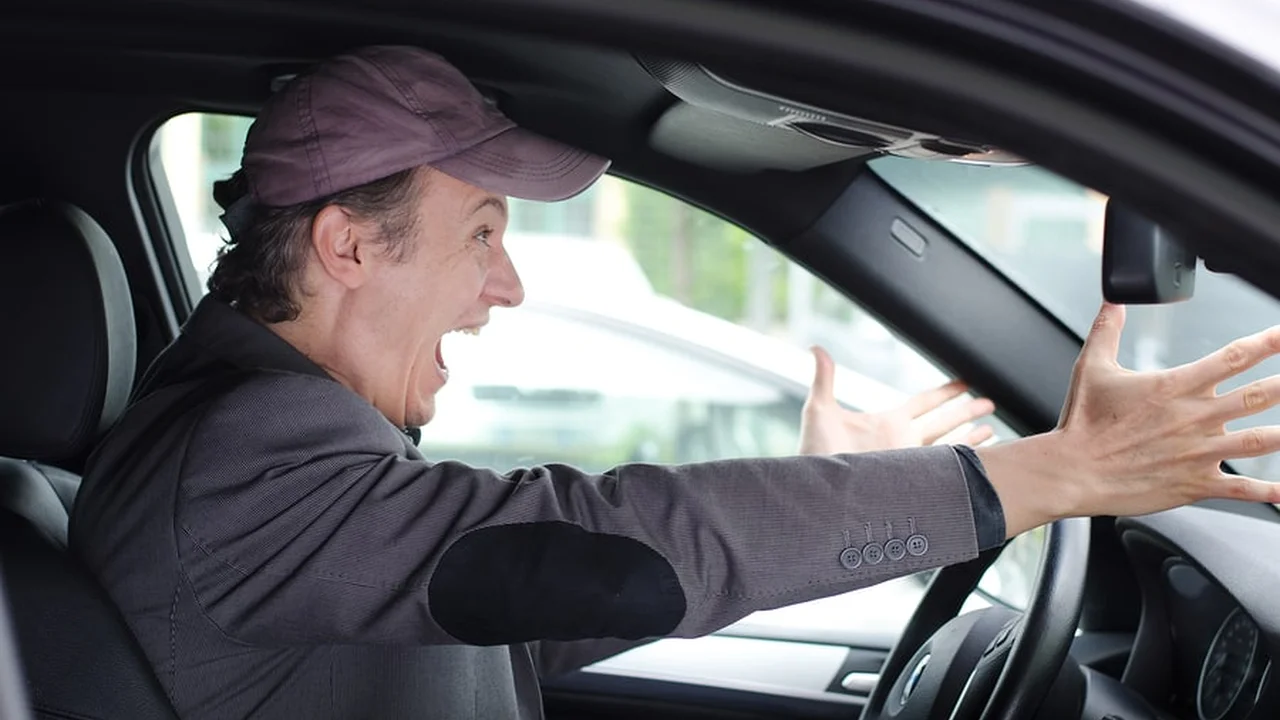
Okay, so you're cruising along, minding your own business, maybe singing along to your favorite tunes, and BAM! Some driver cuts you off, tailgates you, or lays on the horn for no apparent reason. Road rage. It's a real thing, and it can turn a perfectly good day into a total nightmare. But don't worry, we're here to equip you with the tools you need to stay cool, calm, and collected behind the wheel, and avoid potentially dangerous confrontations. Let's dive in!
Understanding Road Rage What Triggers It and Why It Matters
Road rage isn't just about being annoyed. It's an extreme form of aggressive driving that can involve shouting, rude gestures, intentional tailgating, cutting off other drivers, and even physical violence. Think about it: being stuck in traffic, running late, feeling stressed, or just having a bad day can all contribute to that simmering pot of frustration that boils over when someone else makes a driving mistake (or what you perceive as a mistake!).
Why does it matter? Well, road rage can lead to accidents, injuries, and even fatalities. It can also land you in legal trouble, with hefty fines, license suspension, or even jail time. Plus, it's just plain unpleasant. Nobody wants to be that angry, stressed-out driver. So, let's learn how to prevent it.
Recognizing the Signs of Road Rage in Yourself and Others Early Warning Signals
The first step in managing road rage is recognizing it, both in yourself and in other drivers. Are you clenching your fists on the steering wheel? Are you finding yourself yelling at other drivers (even if they can't hear you)? Are you tempted to speed up and cut someone off? These are all signs that your anger is escalating.
Similarly, watch out for these signs in other drivers: tailgating, erratic lane changes, speeding, aggressive horn use, and rude gestures. If you see someone exhibiting these behaviors, give them plenty of space and avoid eye contact.
Staying Calm Techniques for Managing Anger Behind the Wheel
Alright, so you're feeling the rage bubbling up. What do you do? Here are a few techniques to help you stay calm:
- Deep Breathing: Seriously, it works! Take slow, deep breaths. Inhale through your nose, hold for a few seconds, and exhale slowly through your mouth. This helps to slow your heart rate and calm your nerves.
- Relax Your Muscles: Consciously relax your shoulders, neck, and jaw. Tension in these areas can contribute to feelings of anger and stress.
- Listen to Calming Music: Create a playlist of relaxing music or podcasts to listen to while you drive. Avoid anything that's too loud or aggressive.
- Reframe Your Thinking: Instead of focusing on the other driver's "stupidity," try to reframe the situation. Maybe they're having a bad day, or maybe they simply made a mistake. We all do it.
- Focus on What You Can Control: You can't control other drivers, but you can control your own reactions. Focus on driving safely and responsibly, and let the other drivers do their thing.
Avoiding Confrontation Strategies for Defusing Tense Situations
Sometimes, despite your best efforts, you might find yourself in a situation where another driver is clearly angry and aggressive. Here's how to avoid confrontation:
- Don't Engage: The most important thing is to avoid engaging with the angry driver. Don't make eye contact, don't gesture, and don't yell back.
- Give Them Space: If possible, move over to another lane or slow down to let them pass. The goal is to create distance between you and the angry driver.
- Don't Take It Personally: Remember that their anger is likely not about you personally. They're probably just having a bad day, and you happened to be in the wrong place at the wrong time.
- Avoid Aggressive Driving: Don't speed up, cut them off, or brake suddenly. This will only escalate the situation.
- If Necessary, Call the Police: If you feel threatened or if the other driver is following you, call the police immediately. Provide them with your location and a description of the other vehicle.
Defensive Driving Techniques for Minimizing Risk and Preventing Accidents
Defensive driving is all about anticipating potential hazards and taking steps to avoid them. Here are a few key techniques:
- Maintain a Safe Following Distance: The "three-second rule" is a good guideline. Choose a stationary object, like a signpost, and count three seconds after the car in front of you passes it. If you pass the same object before you finish counting, you're following too closely.
- Scan the Road Ahead: Pay attention to what's happening several car lengths ahead of you. This will give you more time to react to potential hazards.
- Be Aware of Your Surroundings: Check your mirrors regularly and be aware of the vehicles around you.
- Use Your Signals: Always use your turn signals to indicate your intentions to other drivers.
- Avoid Distractions: Put away your phone, avoid eating or drinking while driving, and focus on the road.
Road Rage and the Law Legal Consequences of Aggressive Driving
Aggressive driving is a serious offense that can have significant legal consequences. Depending on the severity of the offense, you could face fines, license suspension, or even jail time. In some cases, aggressive driving can also be considered reckless driving, which carries even harsher penalties. It's simply not worth the risk. Stay calm, drive safely, and avoid confrontation.
The Role of Technology in Preventing Road Rage Apps and Gadgets for Stress-Free Driving
Believe it or not, technology can actually help you manage road rage. Here are a few apps and gadgets that can make your driving experience more stress-free:
- Navigation Apps with Real-Time Traffic Updates (Google Maps, Waze): These apps can help you avoid traffic jams and find alternative routes, reducing your overall stress level.
- Dash Cams: A dash cam can provide valuable evidence in the event of an accident or confrontation. Knowing that you have a recording of what happened can also help you stay calm and avoid escalating a situation. Consider the Vantrue N4 Pro ($279.99 on Amazon) for its excellent video quality and front, interior, and rear recording. If you want something simpler, the Garmin Dash Cam Mini 2 ($129.99 on Best Buy) is a compact and reliable option. The Vantrue is better for Uber/Lyft drivers, while the Garmin is great for everyday use.
- Calming Apps (Headspace, Calm): Use these apps to practice mindfulness and meditation before or after your drive to help manage stress and anxiety.
- Voice Assistants (Siri, Google Assistant): Use voice assistants to make calls, send texts, and control your music without taking your hands off the wheel or your eyes off the road.
Product Recommendations for a More Relaxing Driving Experience Detailed Reviews and Comparisons
Let's talk about some specific products that can help you create a more relaxing and enjoyable driving experience:
Seat Massagers
A seat massager can help relieve tension and promote relaxation while you drive. The Comfier Shiatsu Neck and Back Massager ($69.99 on Amazon) is a popular choice with multiple massage modes and heat therapy. It's great for long commutes. A simpler and more affordable option is the Zyllion Shiatsu Back and Neck Massager Cushion ($49.95 on Amazon). The Comfier offers more features, but the Zyllion is a good budget-friendly alternative.
Aromatherapy Diffusers for Cars
Aromatherapy can have a calming and mood-boosting effect. A car diffuser allows you to enjoy the benefits of essential oils while you drive. The URPOWER Essential Oil Diffuser ($15.99 on Amazon) is a compact and affordable option that plugs into your car's USB port. For a more luxurious option, consider the VicTsing Car Essential Oil Diffuser ($22.99 on Amazon), which features a larger water tank and multiple mist settings. The URPOWER is easier to use, but the VicTsing offers more customization.
Noise-Canceling Headphones (for Passengers, of course!)
If you're a passenger, noise-canceling headphones can help you block out distractions and create a more peaceful environment. The Sony WH-1000XM5 ($399.99 on Best Buy) are widely considered the best noise-canceling headphones on the market. They're expensive, but the sound quality and noise cancellation are unmatched. A more affordable option is the Anker Soundcore Life Q30 ($79.99 on Amazon), which offers excellent noise cancellation for the price. The Sony's are superior, but the Anker's are a great value.
Car Organizers for a Clutter-Free Environment
A cluttered car can contribute to stress and anxiety. A car organizer can help you keep your belongings neat and tidy. The Drive Auto Products Car Trunk Organizer ($39.99 on Amazon) is a spacious and durable organizer that's perfect for storing groceries, sports equipment, and other items. A smaller and more versatile option is the High Road CarHop Car Seat Organizer ($24.99 on Amazon), which can be used on the front or back seat. The Drive Auto Products organizer is better for larger items, while the High Road organizer is great for everyday essentials.
Stress Management Techniques for Drivers Before During and After the Drive
Managing stress isn't just about what you do in the car. It's about your overall well-being. Here are a few stress management techniques you can use before, during, and after your drive:
- Before Your Drive: Get enough sleep, eat a healthy breakfast, and plan your route in advance.
- During Your Drive: Practice deep breathing, listen to calming music, and avoid distractions.
- After Your Drive: Take some time to relax and de-stress. Exercise, read a book, or spend time with loved ones.
Creating a Positive Driving Environment Tips for a More Enjoyable Commute
Your driving environment can have a big impact on your mood and stress level. Here are a few tips for creating a more positive driving environment:
- Keep Your Car Clean and Organized: A clean and organized car can help you feel more relaxed and in control.
- Personalize Your Space: Add some personal touches to your car, such as a favorite air freshener, a comfortable seat cushion, or a photo of your loved ones.
- Adjust Your Seat and Mirrors: Make sure your seat and mirrors are properly adjusted for optimal comfort and visibility.
- Listen to Uplifting Music or Podcasts: Choose music or podcasts that make you feel happy and energized.
:max_bytes(150000):strip_icc()/277019-baked-pork-chops-with-cream-of-mushroom-soup-DDMFS-beauty-4x3-BG-7505-5762b731cf30447d9cbbbbbf387beafa.jpg)



